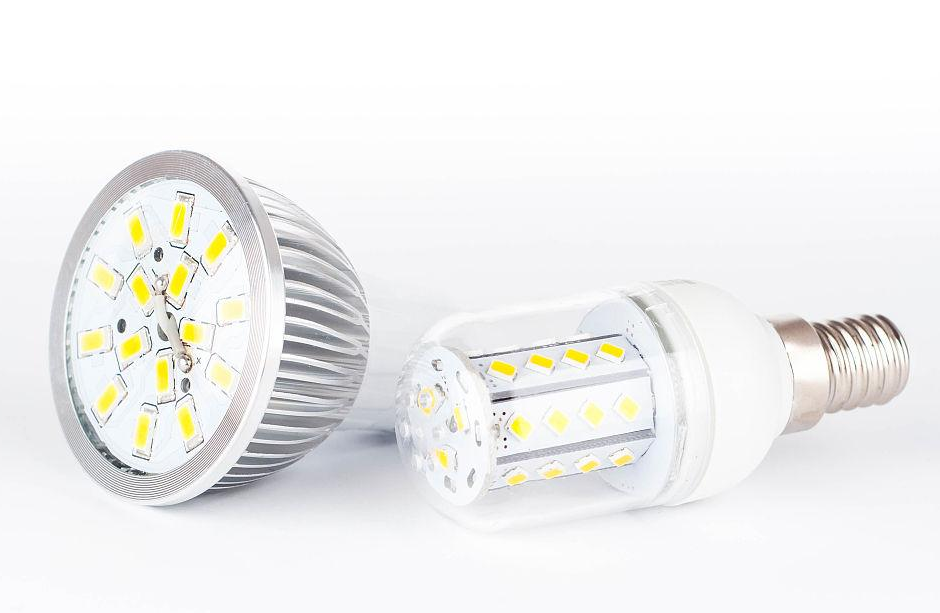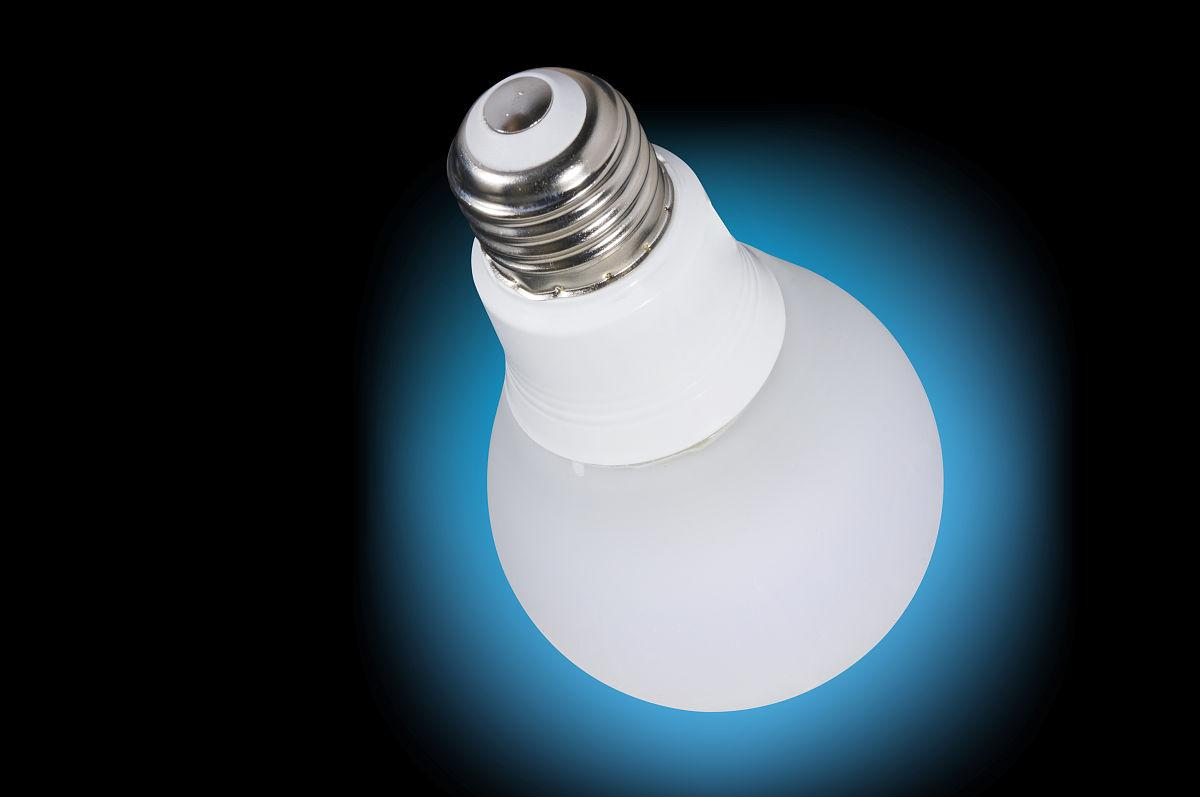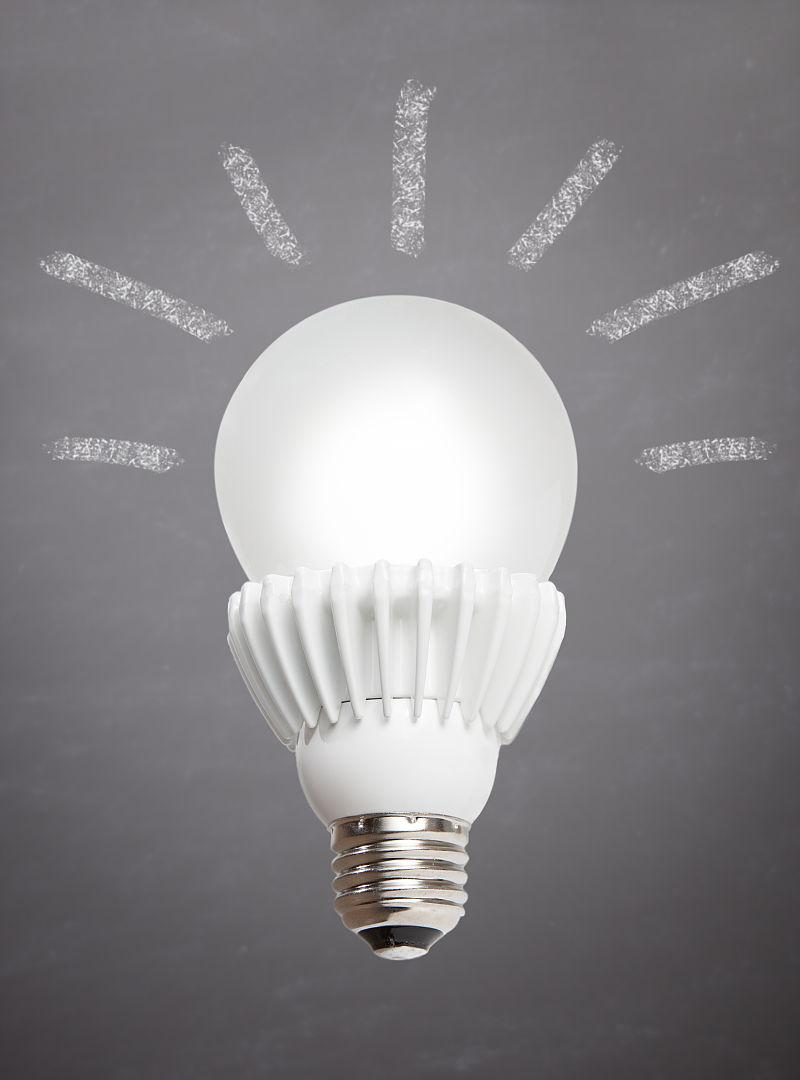In the past, wattage was the only important consideration when choosing a light bulb. However, with the continuous development of different light source technologies such as LEDs, important parameters such as luminous flux and luminous efficiency are now important when choosing lighting materials. So, with so many lights available on the market, how do we make the right choice?
Luminous efficiency is determined by two main factors: luminous flux and luminous power. Brightness is measured in lumens (lm). Generally speaking, the higher the luminous flux value, the lighter the lamp. However, to produce light requires electrical energy measured in watts (W). Due to the differences in the quality of the light source, the light flux produced by consuming the same amount of electrical energy can be different. Luminous power is the ratio of brightness to luminous power, measured in lm/W. A higher value indicates a more energy-efficient lamp, reducing energy consumption and environmental impact, thus conforming to environmental principles.

In practical applications, effective lumens is an important indicator that cannot be neglected. Take traditional candlesticks, for example. They consume a lot of electricity while working. Unfortunately, about 90% of this energy is converted into heat, with only a small fraction converted into visible light. This represents a huge energy waste. In addition, the light emitted by incandescent lamps diffuses in all directions, a lamp will be extinguished for various reasons. Other light is blocked by the material of the lamp, preventing it from reaching the illuminated area.
LED lights, on the other hand, offer a practical solution to these problems. Their beams are highly directional, allowing them to direct the light directly to the empty room, significantly reducing light waste and improving lighting performance. LED lamps have better luminous efficiency, reaching 300 lm/W, more than 18 times that of traditional incandescent lamps (about 16.6 lm/W). Although the initial purchase price of LED lights is high, their greater energy efficiency can significantly reduce electricity bills in the long run. Also, they have a much longer lifespan than traditional bulbs, typically up to tens of thousands of hours. This greatly reduces the frequency and cost of changing the lamps, making them very cost-effective, and the initial investment is quickly returned in savings.

LED lighting offers different color options, offering a wide range of color temperatures, from cool white to neutral to warm white. This allows users to choose the right lighting color based on different usage scenarios and personal preferences, creating a comfortable, warm, and personalized environment. This not only increases the functionality of the space but also provides a sense of comfort for the occupants or users.
Due to its many advantages, such as high energy efficiency, long life, and rich color palette, LED lights have found wide application in many industries. For example, places with high lighting requirements, such as car washes and paint shops, often require constant lighting 24 hours a day. LED lights can create a comfortable work environment for employees while ensuring sufficient and stable lighting, while effectively controlling electricity costs and saving money for businesses. Therefore, it has become a suitable choice for lighting these businesses.


